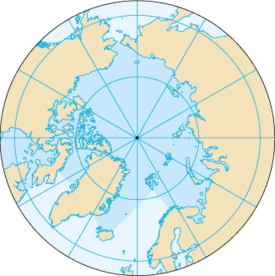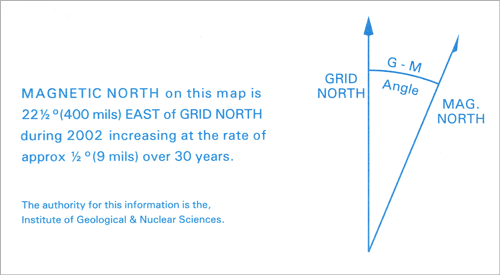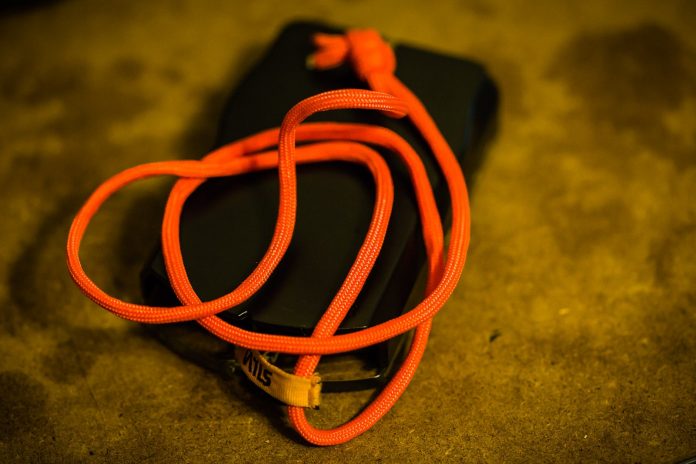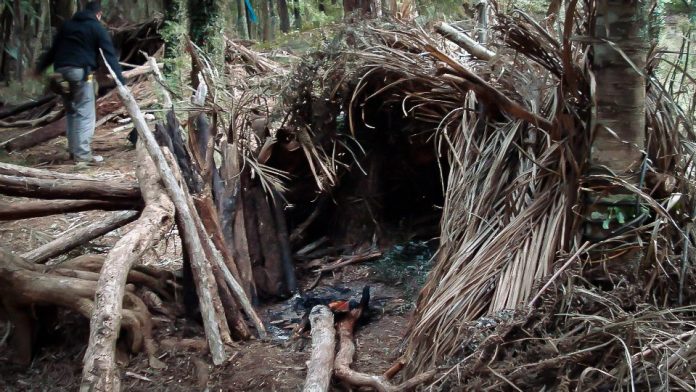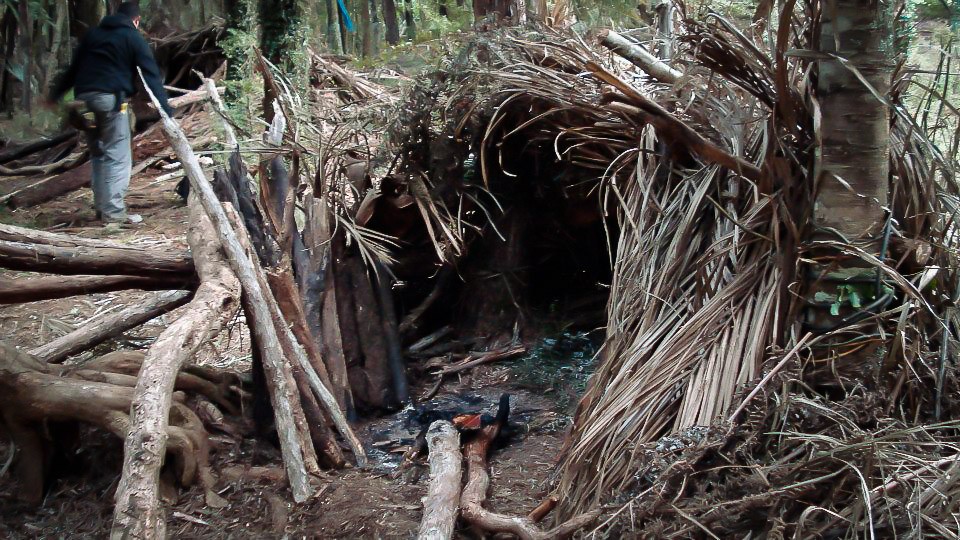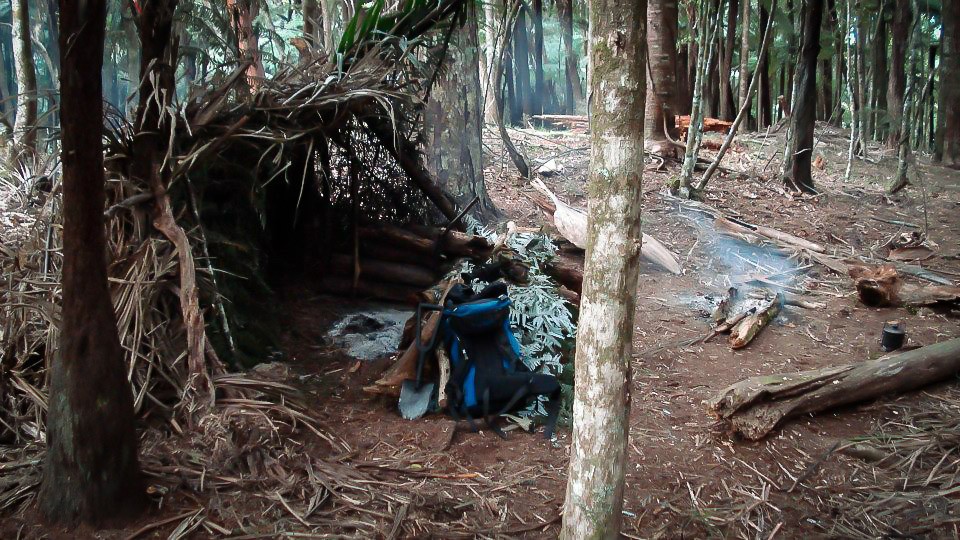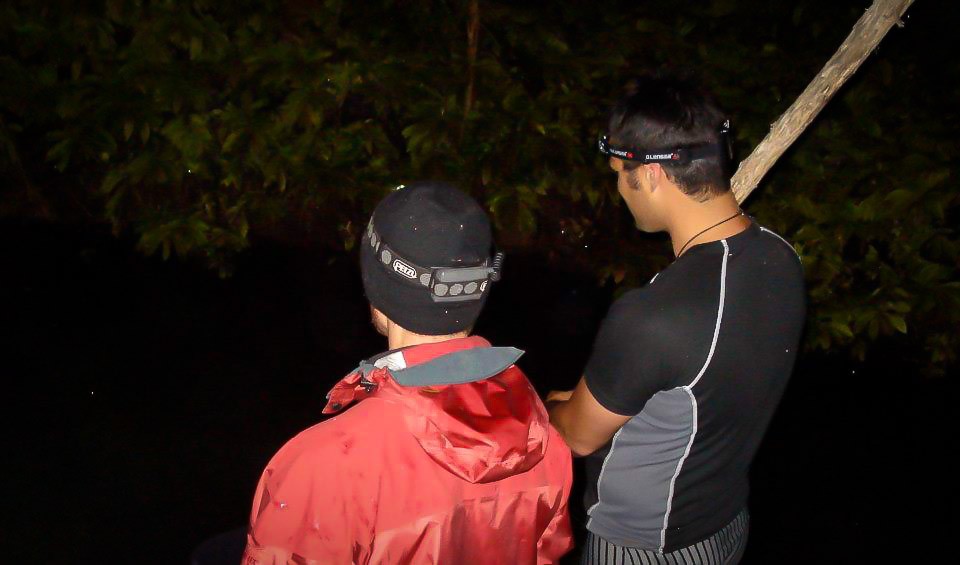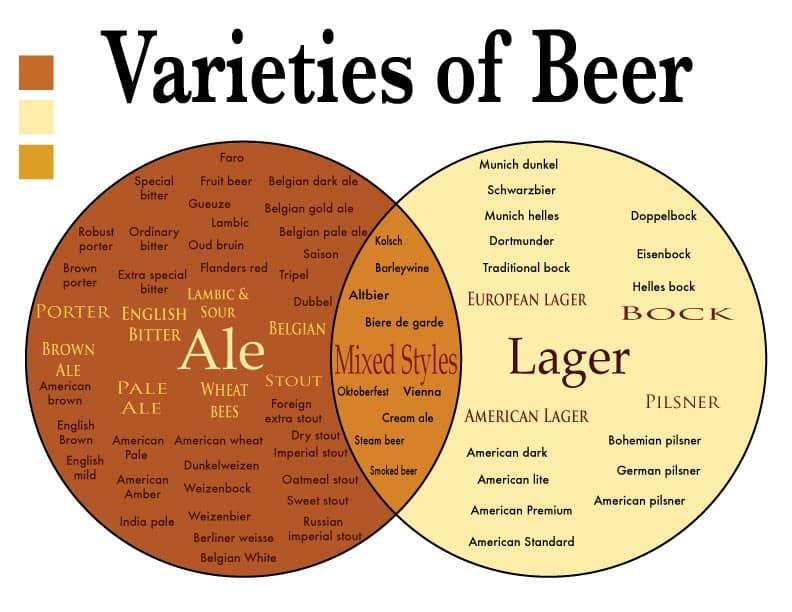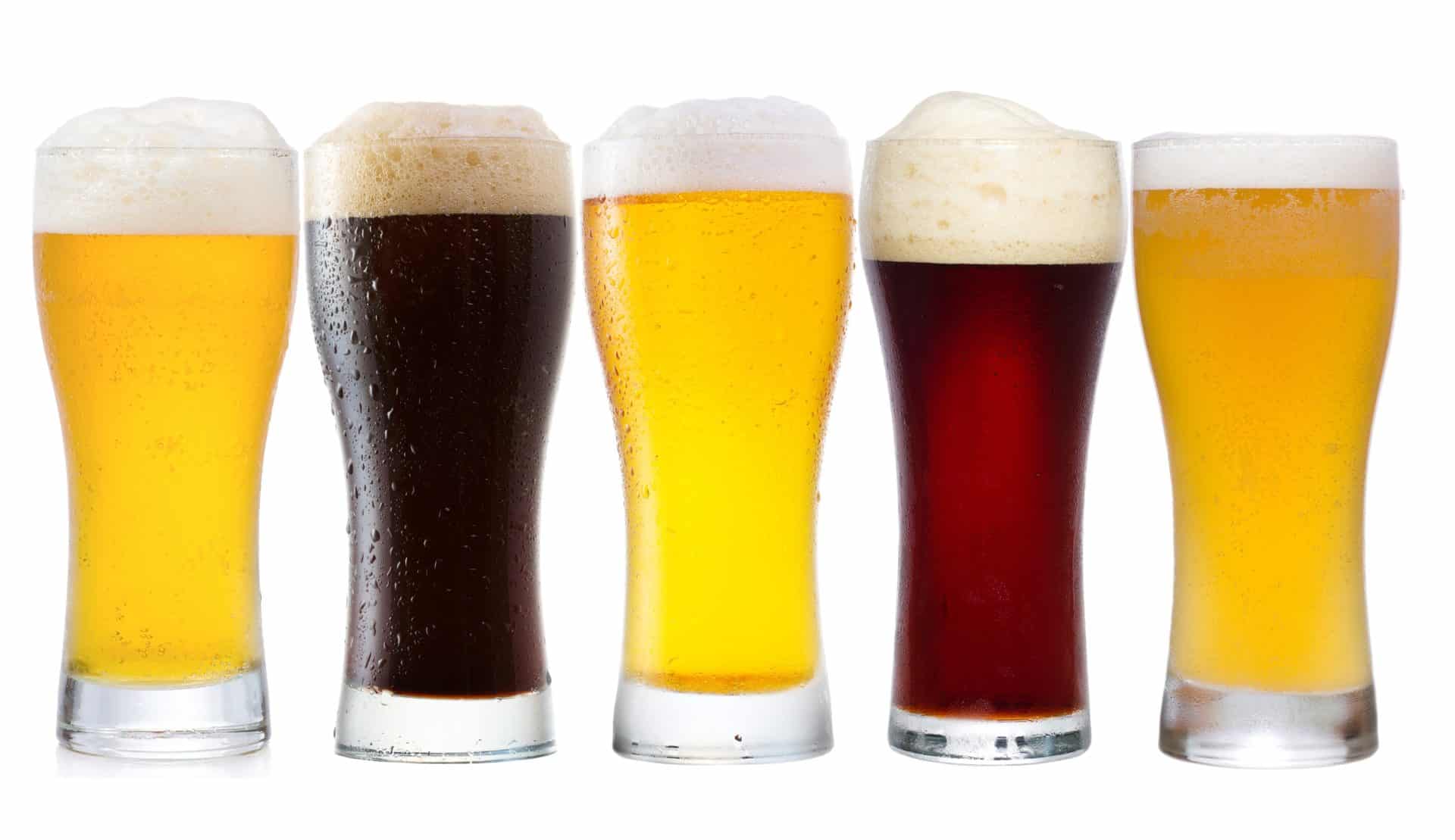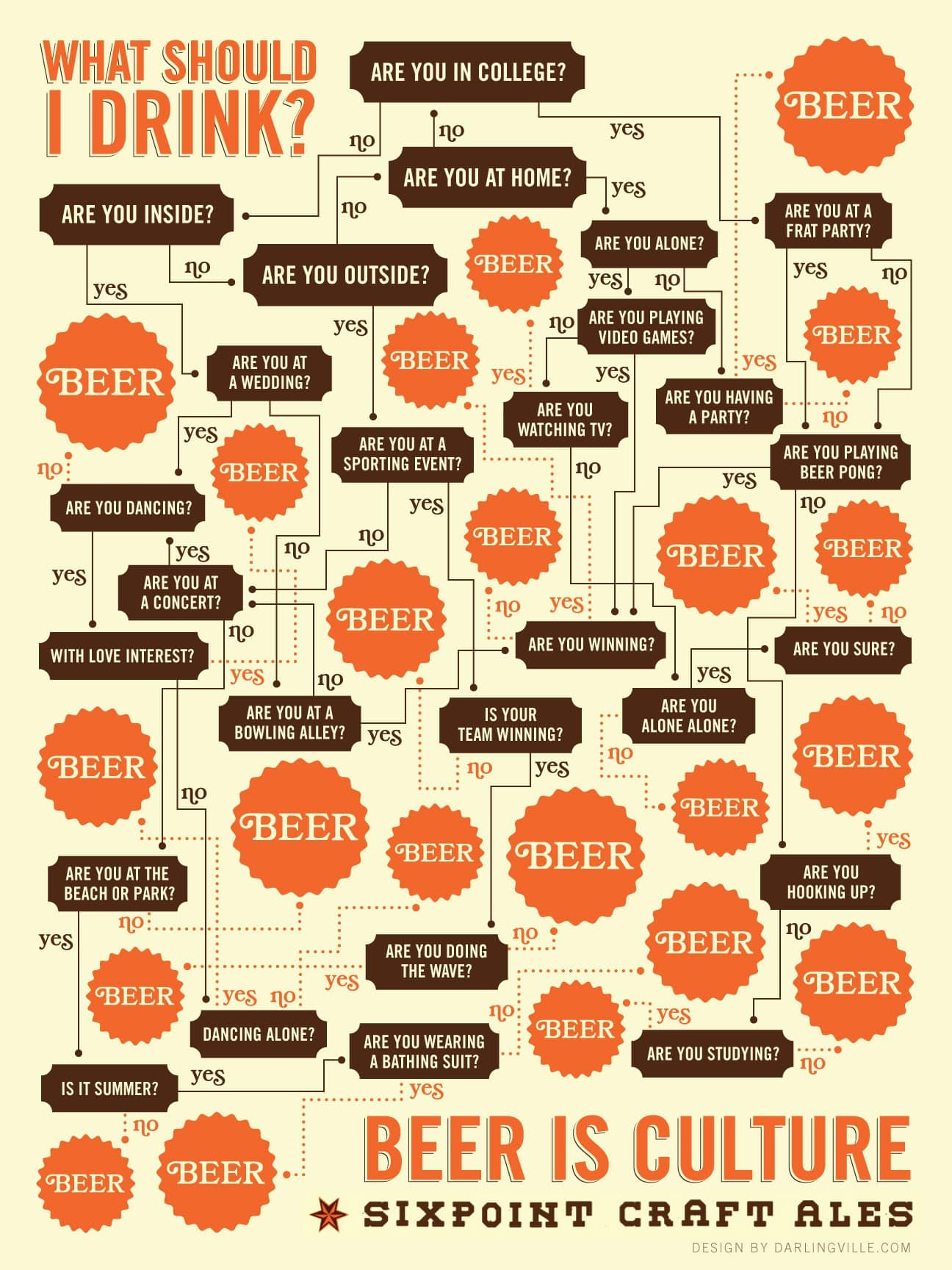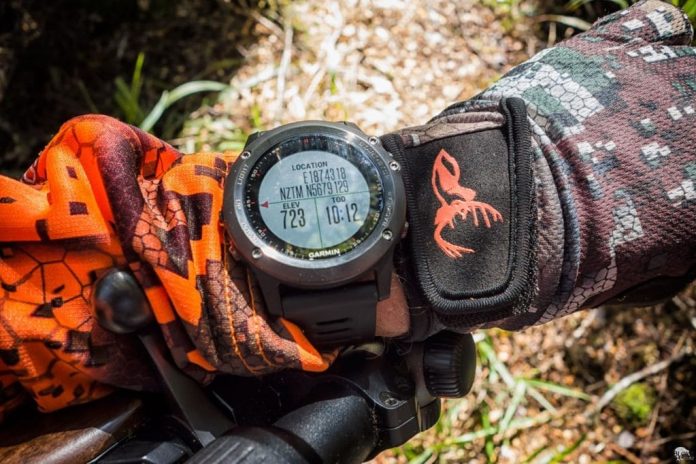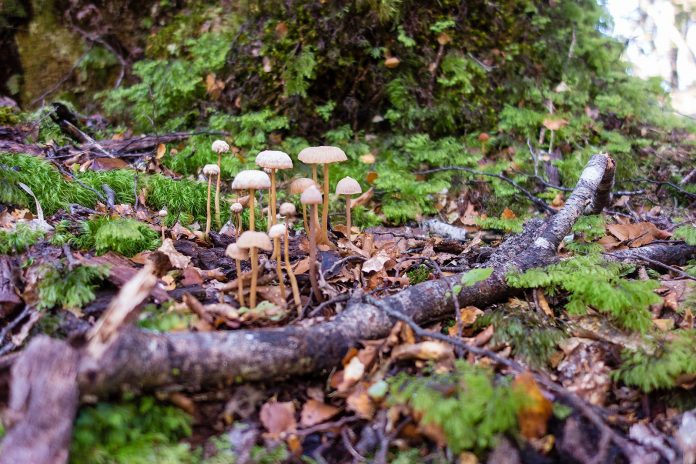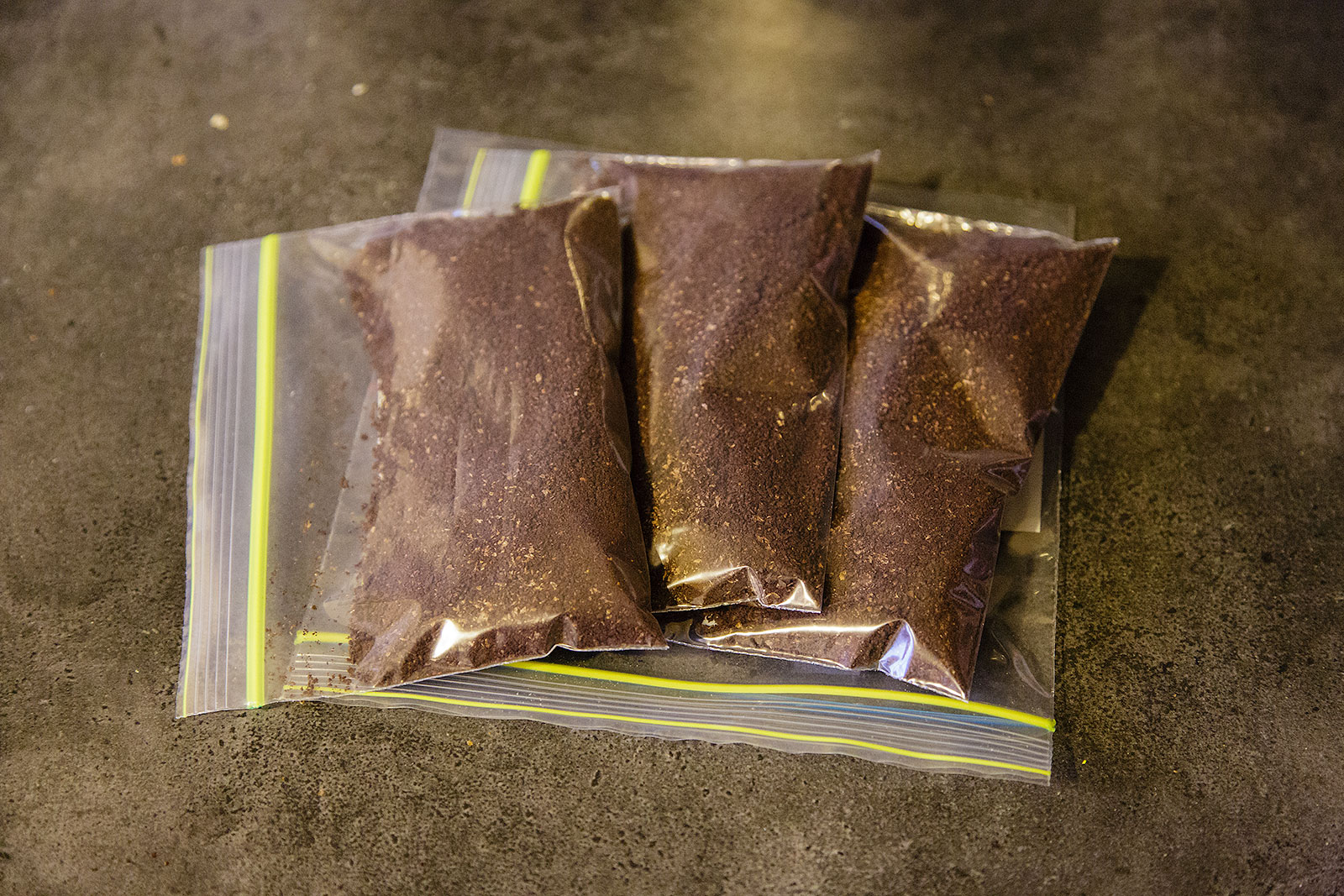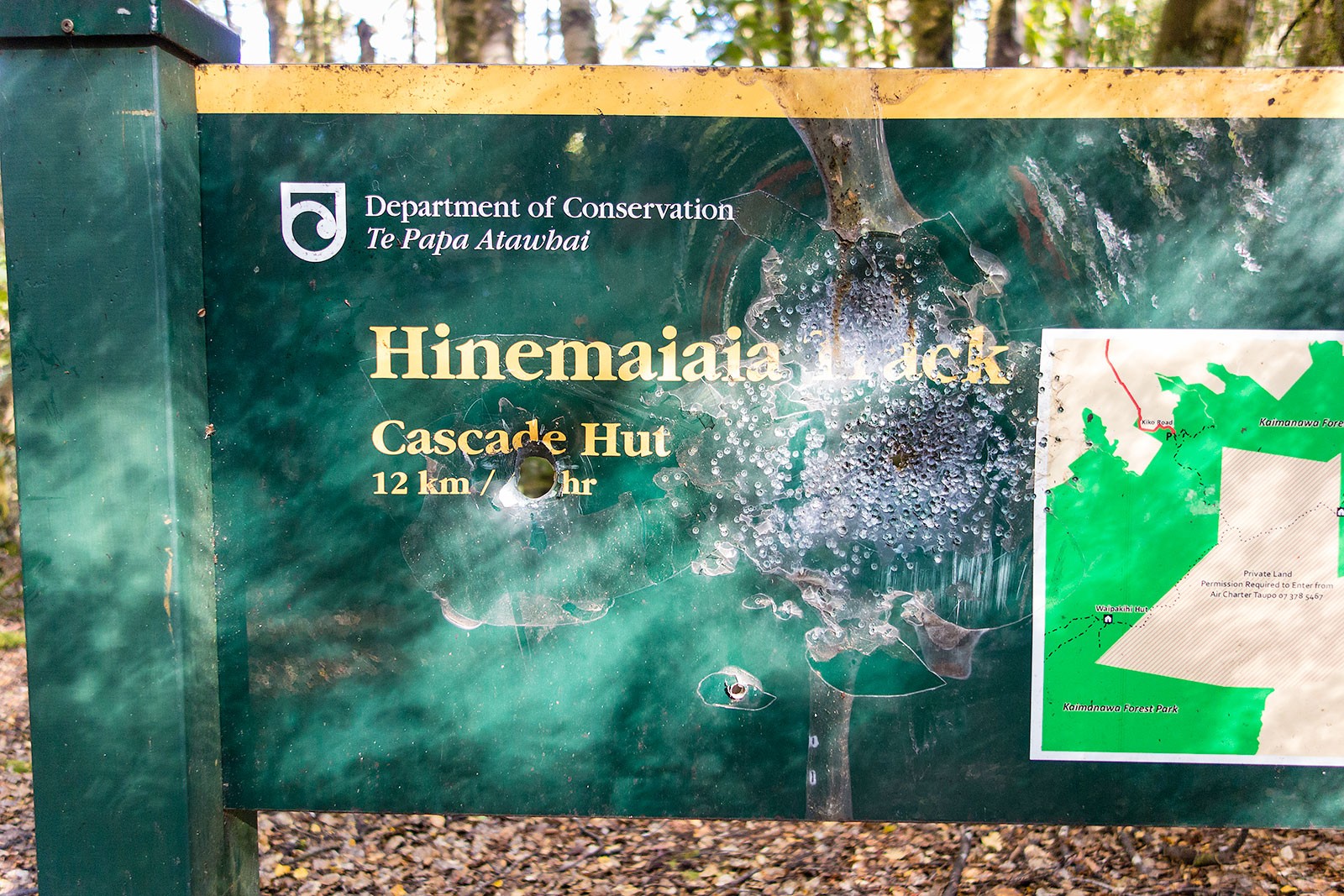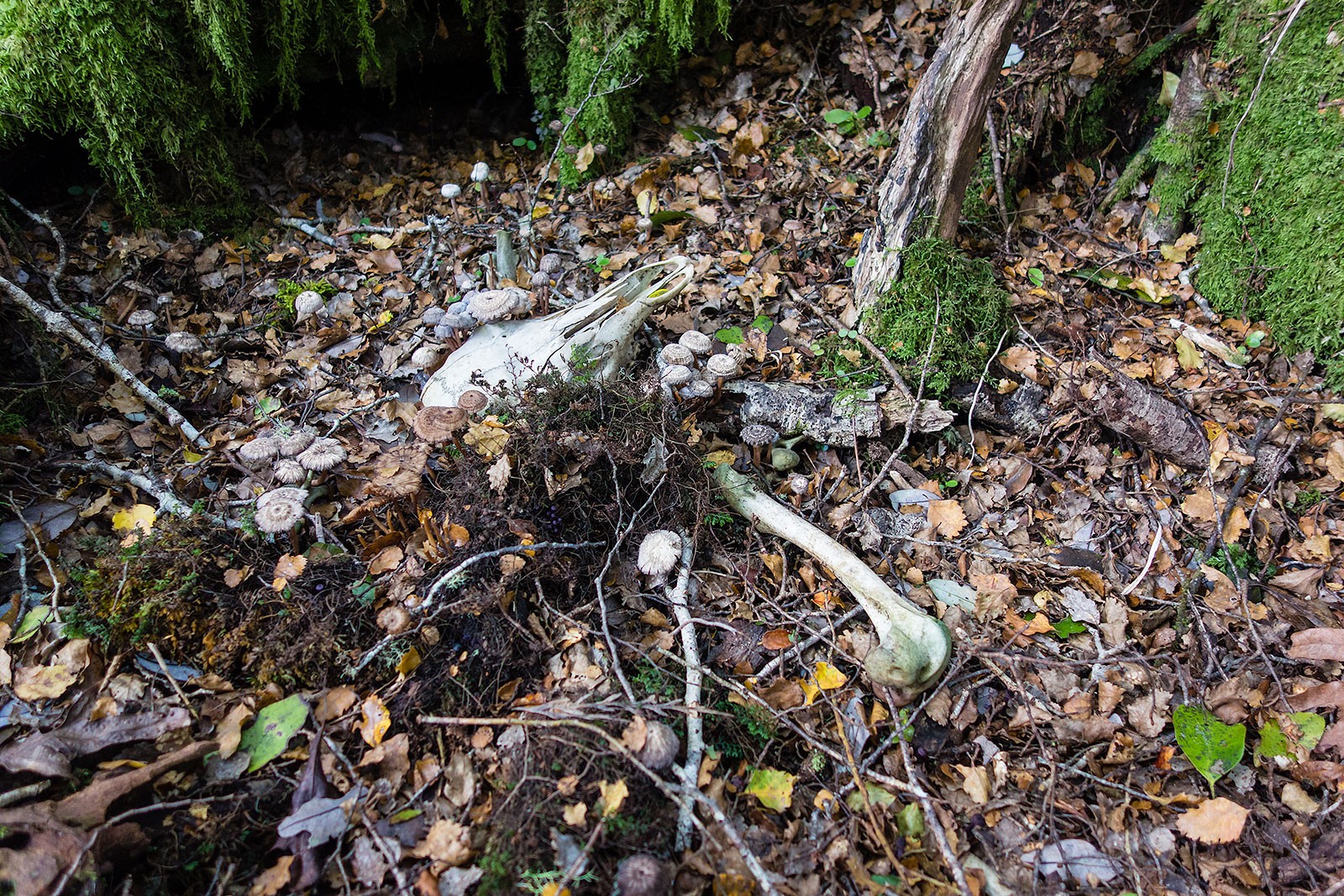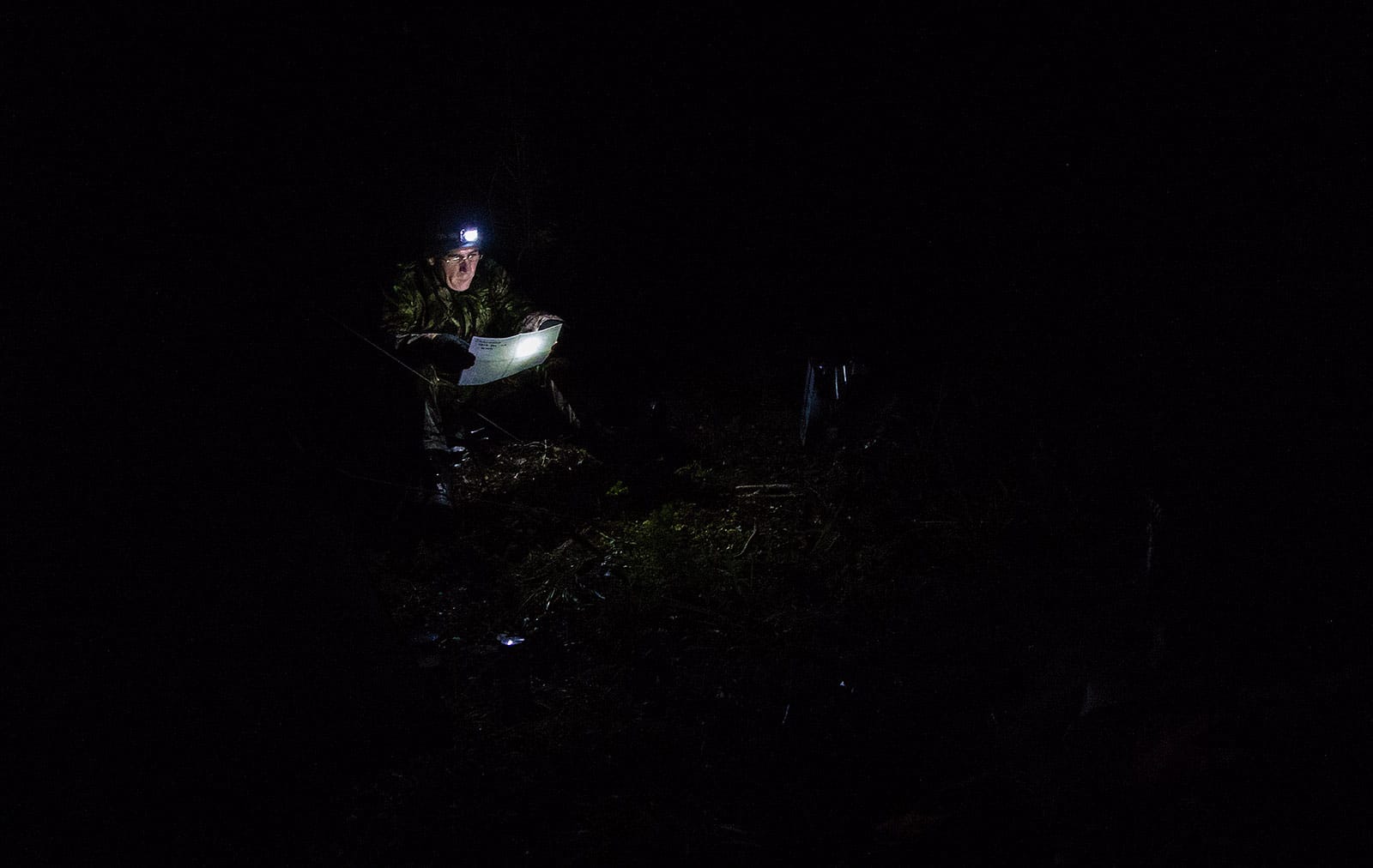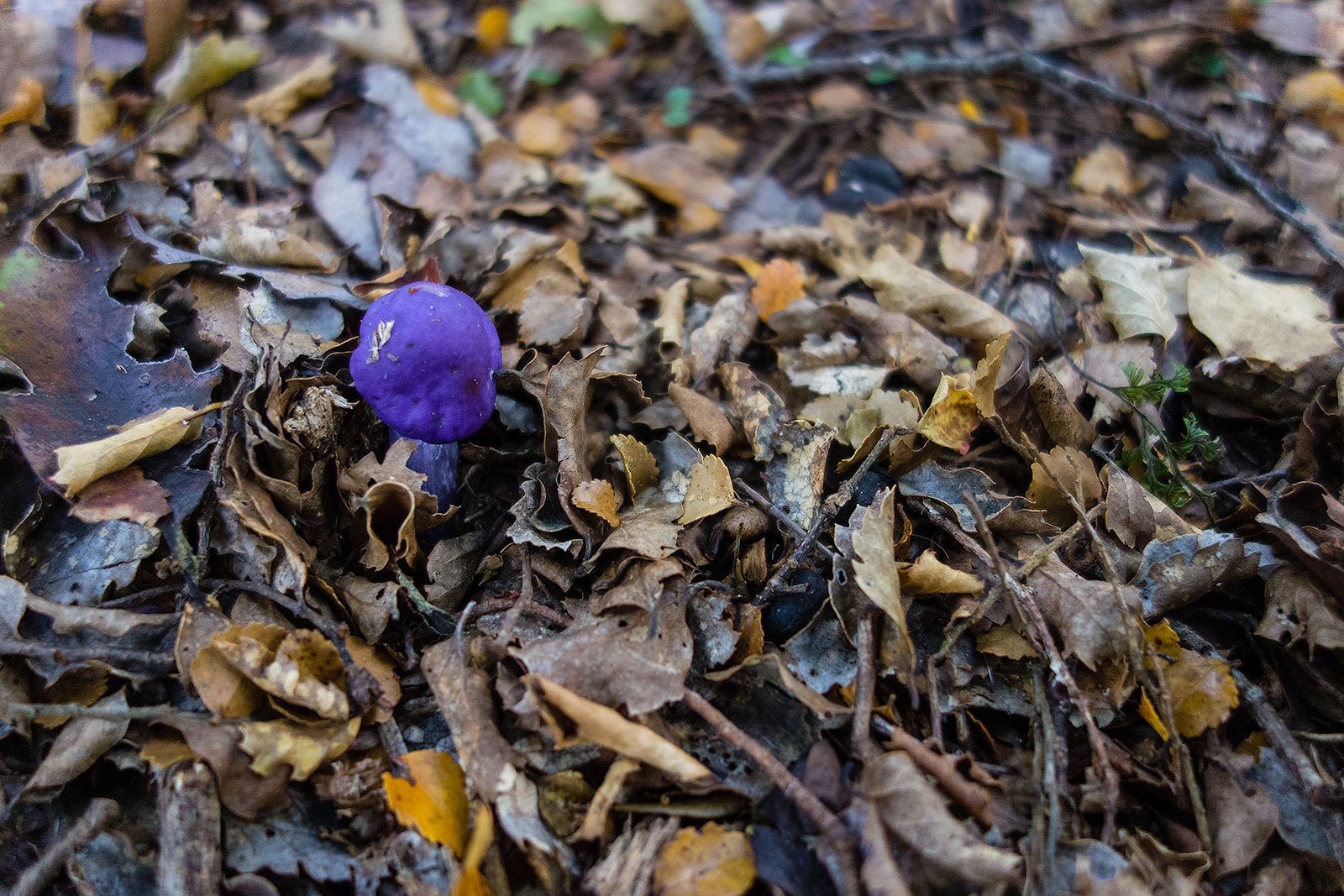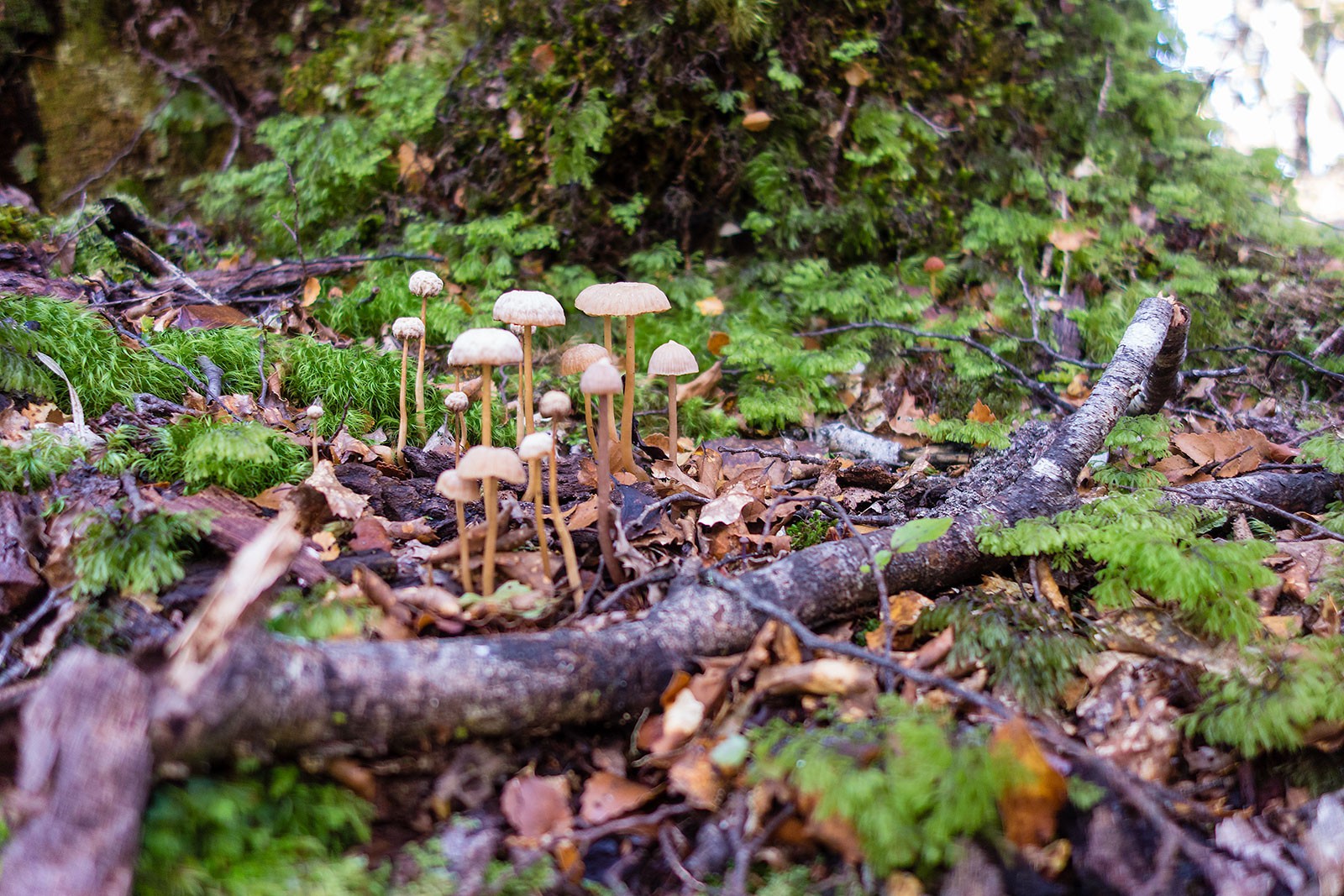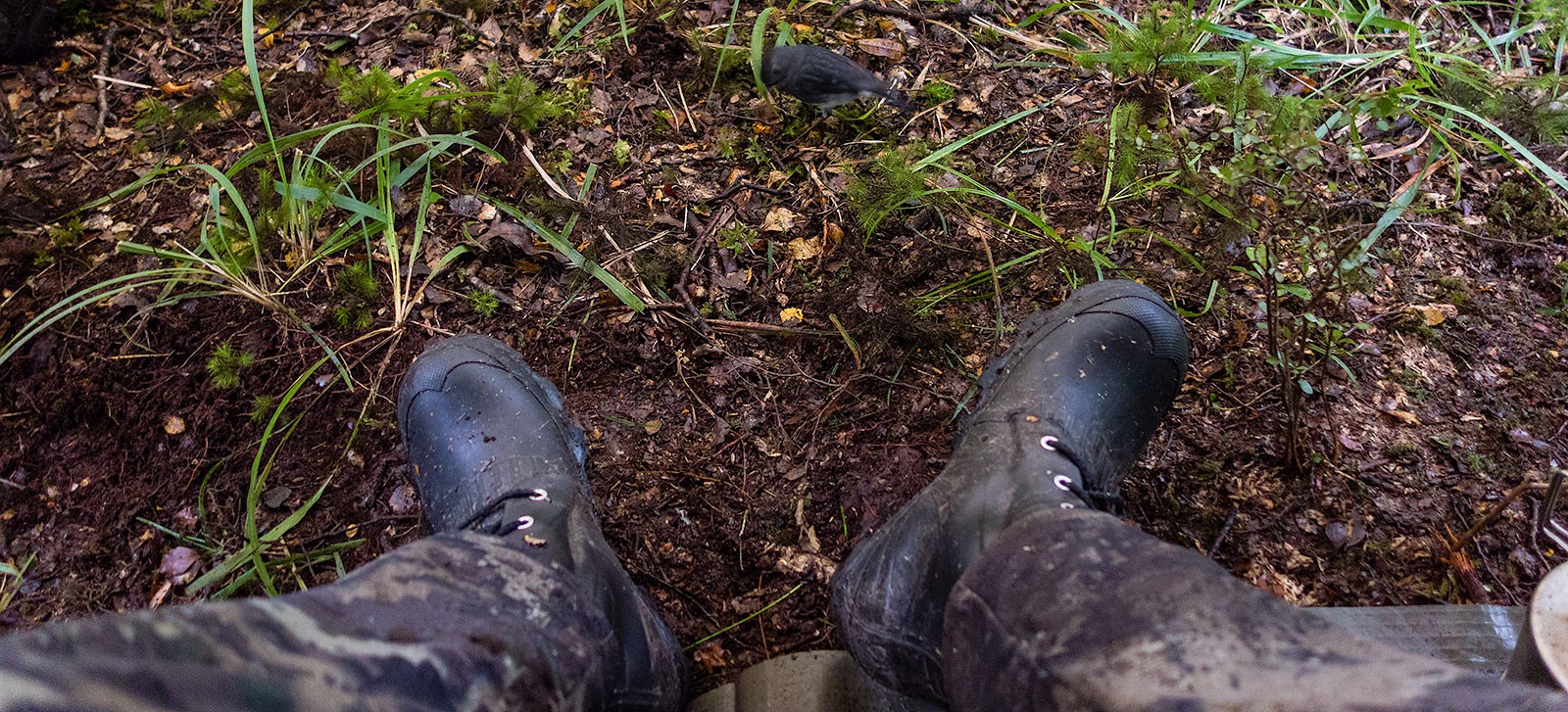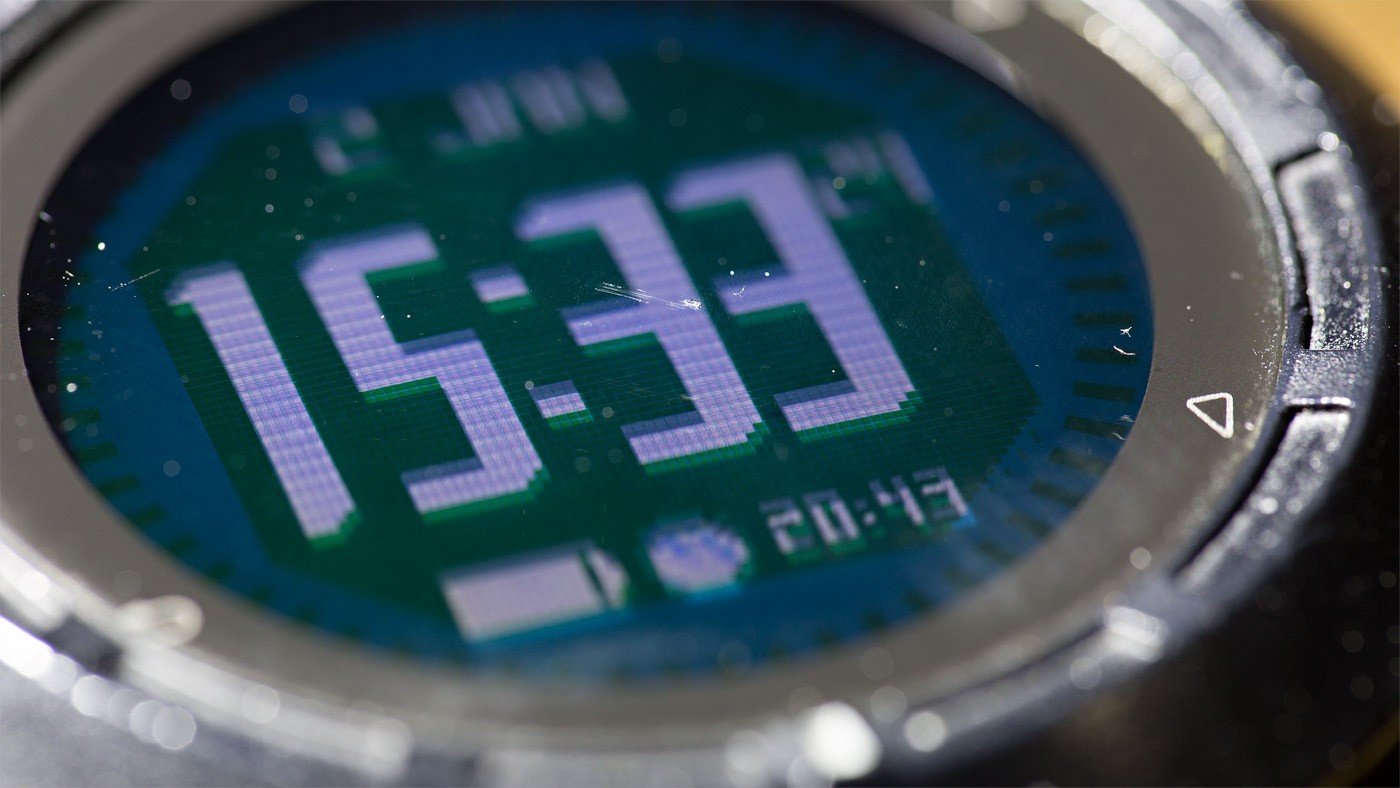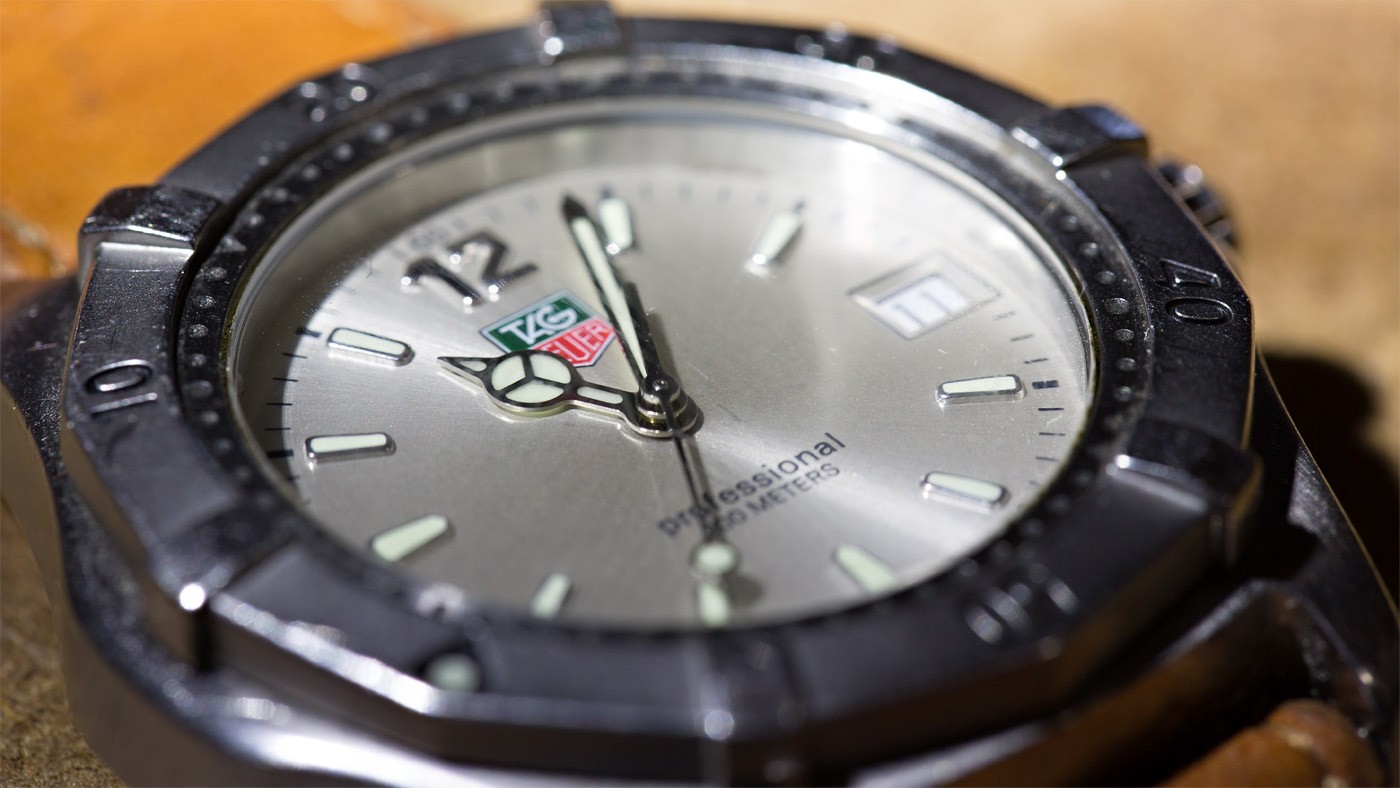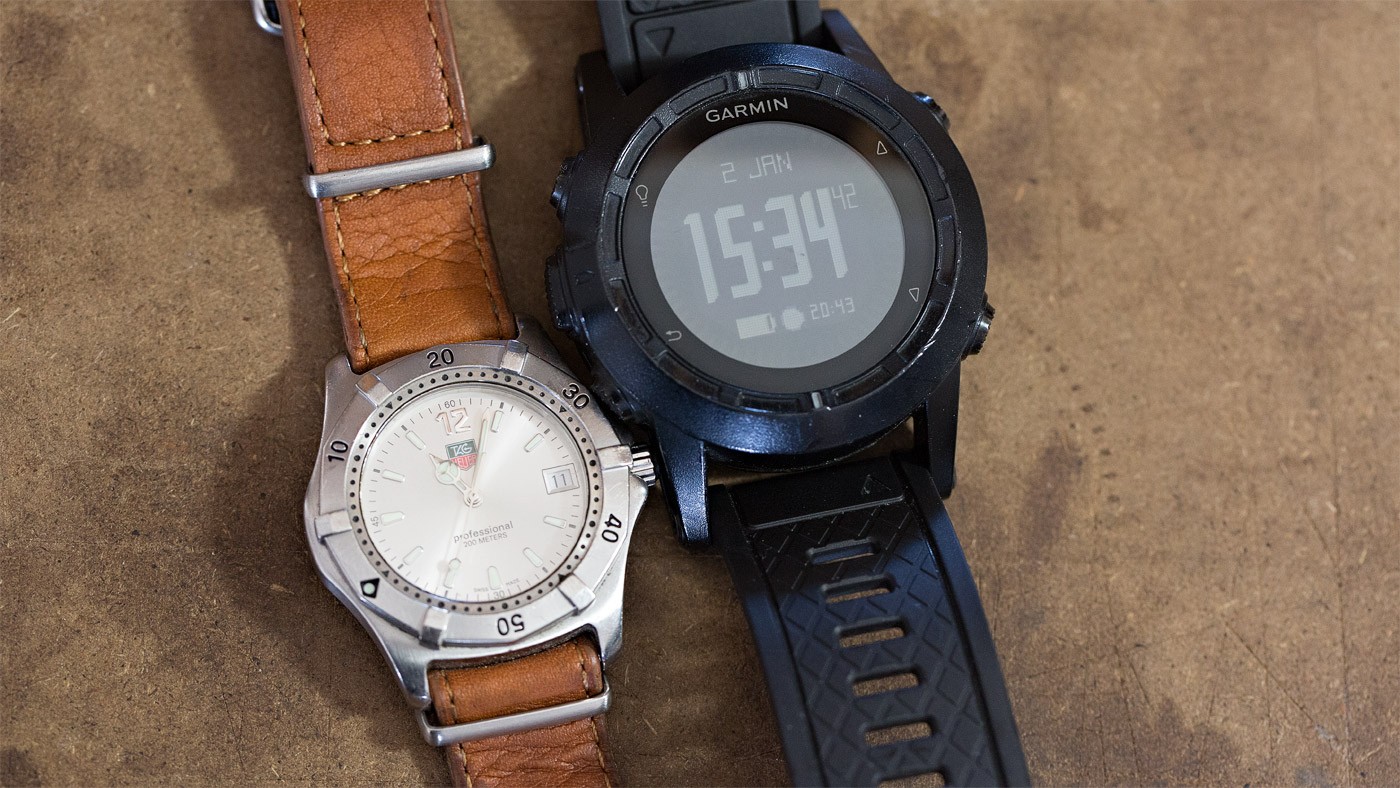The Backstory
To get you up to speed – I would suggest you pop over and read a couple of posts…
- http://gearlocker.nz/practising-navigation-garmin-tactix/
- http://gearlocker.nz/scratched-already-watch-faces/
- http://gearlocker.nz/an-update-on-the-garmin-tactix/
Essentially, after my rant about the failings of the Garmin Tactix and some discussions with the guys at Garmin, they suggested that I return the Tactix and in exchange, they would send out a new Fenix 3 for me to try out and compare.
In short, I had been having problems with the Tactix getting a GPS lock in the Kaimanawa ranges – kinda an issue when you are trying to replace your handheld GPS with a watch. After wandering around for hours trying to get some coordinates out of it, it finally got a lock and told me where I was. About half an hour after I had stepped back onto the road and was heading back to the truck. To say I was disappointed would be an understatement.
It’s not like it had never had a lock. Previous trips, while slow, had eventually got me some location information, but this time was enough to break any remaining faith I had in the system.
The Garmin guys concluded I must have had a faulty unit – certainly, the Hunters Club lads have had only good things to say about the unit. So, in good faith, I sent it back with the attitude of taking a fresh look at what is essentially the latest version of the concept. I am glad I did!
[fvplayer src=”https://www.youtube.com/watch?v=9HF0TdpcNiw” splash=”https://i.ytimg.com/vi/9HF0TdpcNiw/hqdefault.jpg” caption=”fenix 3: Getting Started”]
An overhaul. A step up.
Now, there is no need for me to give a massive, in-depth feature review of the Fenix 3 – DCRainmaker has already done an awesome job of this over here. However, I will cover a couple of points that have been relevant to me.
The Form Factor
To put it simply – this is a nicer looking, and nicer feeling watch.
 The Garmin Tactix was very hard edges. Boxy even. This was in large part, no doubt, by design. It’s meant to evoke the feeling of the military. It also ‘felt’ like it was huge. Especially when comparing it to my TAG or really, any other watch in the world. It was something you soon go used to, but still, it was a large, heavy watch.
The Garmin Tactix was very hard edges. Boxy even. This was in large part, no doubt, by design. It’s meant to evoke the feeling of the military. It also ‘felt’ like it was huge. Especially when comparing it to my TAG or really, any other watch in the world. It was something you soon go used to, but still, it was a large, heavy watch.
The newer Fenix has a background of civilian use, so has a slightly softer, rounded look going on. This also gives it the feeling of being a smaller watch and while not the lightest of things, it also comes in just under 10 grammes lighter than the Tactix. The strap is more shaped and the whole package just has the sense of being a more finished, refined product. Sure, I loose some of the more military in nature features – the non-reflective face for example – but there is nothing that I have missed. Overall, I can say that I much prefer the Fenix 3 as a watch I wear every day compared to the Tactix.
GPS and GLONAS
When I started reading about the Fenix 3, this was really the main thing that excited me. GLONAS.
In short, GLONAS is the Russian GPS system – it adds in a pile of additional satellites that the unit can get a GPS lock off and like in my eTrex30 that features the system, I believe it gives you a much quicker ability to get a fix and start pulling down information. Knowing that this was running in the watch made me a lot more comfortable about getting a lock in the bush with it.
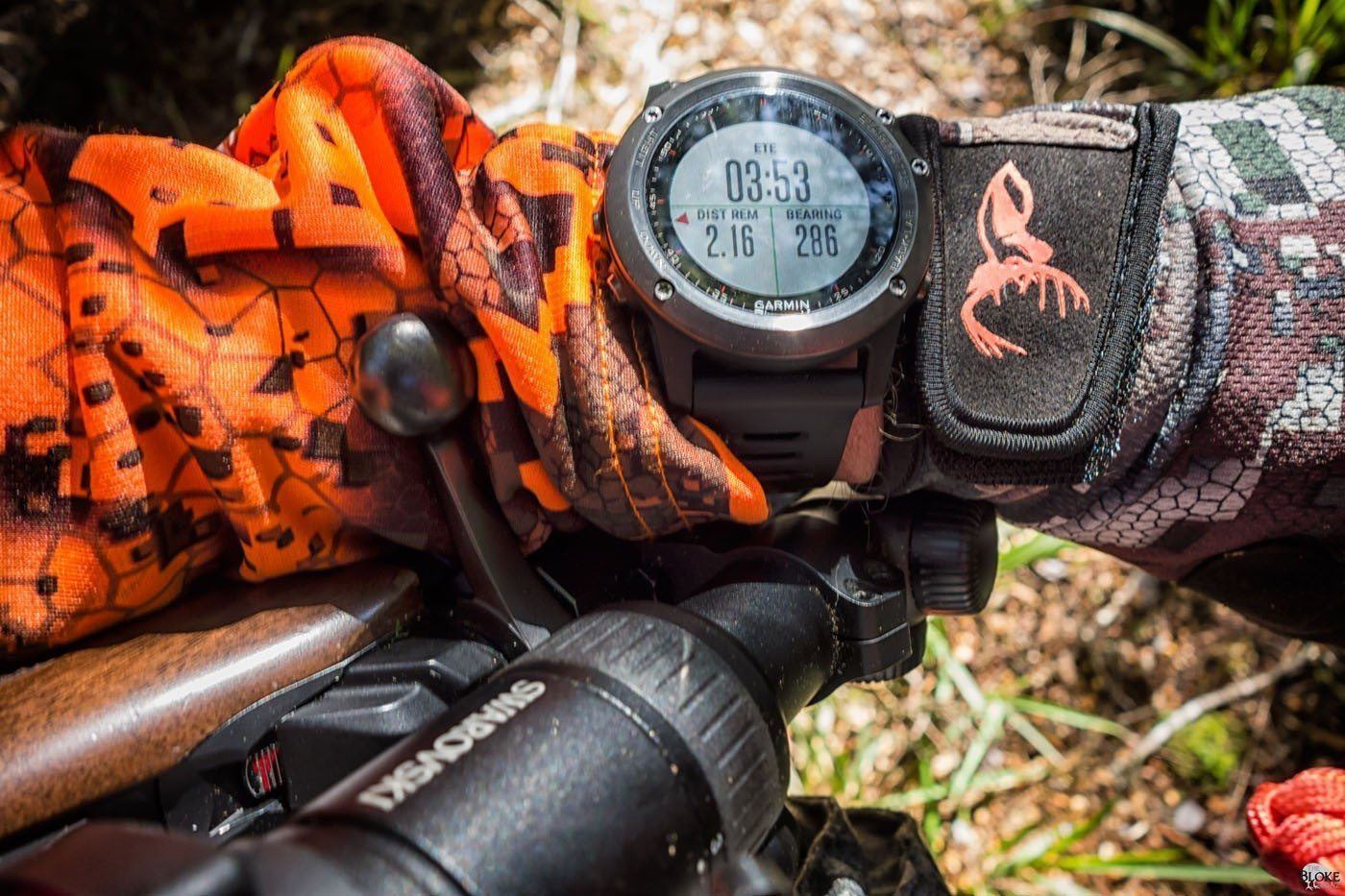
Battery Life
In short, the battery life on the Tactix sucked. Battery life on the Fenix 3 essentially means I have now been wearing it constantly and just have to remember to plug it in now and then. I.e. I don’t really have to manage it. Sure, if I was trying to run the GPS on it constantly it would drain quickly (I believe it’s about 20 hours in full ‘power’ mode). But that simply isn’t how I use it. At most, I am going to have it on in the bush while stalking. That is around two, three hour sessions in a day. Most of the time it isn’t on and I just briefly turn it on then off again when I want to confirm where I am on a map.
Battery life, when not in GPS mode is a matter of weeks. Depending on how many other features you run. As I will cover below, I have most of these turned off – so don’t really have to think too much about charging the unit.
Sapphire Face (as an option)
One option which I didn’t get in the end (I tried to convince Garmin, believe me, I did) – was the Sapphire faced version. The top of the line edition boasts a Sapphire face and a metal strap. The strap would go in the draw immediately and never come out again (it doubles the weight of the watch), but the Sapphire face does interest me. Especially because I put a scratch in the face of the Tactix somehow. Bush bashing I am assuming. We shall see how this face lasts for me. I will certainly be letting you know if I manage to scratch it anytime soon.
In Use
Now, as a preamble to this section – I am not (nor likely) using 90 percent of what this watch does. I had a very specific use for it and so far it has been doing it well. I don’t use it to track my sports details – I have played around with zone heart rates and so on before, but having that much data on my day to day life just doesn’t interest me. I had is counting my steps and daily calorie burn for a couple of days, but again, never plan on using the information, so turned it off and finally, yes, you could call it a ‘smart watch’ – in that it will run some apps and notify you when you get a message on the phone, or it rings, or all sorts of things. Again, nice for a couple of days, then turned it off – it all uses a battery and bluntly, I am at the point where I am over my phone breaking my train of thought ever thirty seconds with some kind of notification. It’s not conducive to focus or getting things done – but that is the subject for another time.
GPS and Navigation
This is the core and primary reason I wear this watch. Combining the GPS unit with something I was already wearing made total sense to me. Especially considering how I use my GPS.
I have never been overly keen on using the maps on the GPS units. To use them, I would need a screen big enough to replace a printed map and that is going to weigh heaps and drain the battery. Instead, all I want from the GPS unit is either a TOPO50 grid coordinate so I can find my location on a map and plan from there, or, a simple little directional arrow telling me which way to go. I am not micro navigating, so it only needs to be a ‘general direction’ and the ‘bug’ feature on the watch is ideal for just that.
You can customise the shown fields on the watch to suit how you want to use the unit. In my case, for basic navigation, I have a large TOPO50 grid reference at the top and elevation and time below it. This provides me all the information I need right on the face of the watch and nothing else. Simplicity. I like it!
Where am I?
The only thing that annoyed me a little (but this is more the nature of the watch) – was how the Grid Coordinates would disappear when you lost the GPS lock if using the UltraTrac mode. In UltraTrac the unit pings the satellites every couple of minutes – massively increasing battery time, at the expense of accuracy. For what want it for, this would be fine, but unfortunately, if it loses connection, the grid coordinates also disappear, rather than remaining until an update. I understand why this happens – as you could actually be a little way off from where the coordinates were last accurate, but for me – this wouldn’t matter. What happened is that I would regularly look down to the watch so see no information – and I would have to ponder if it was the UltraTrac or the unit had actually lost a connection under the canopy.
In the end, I switched it to the full-time mode – I still have enough battery to last me a whole trip and I get the reassurance of always having the data (and apparent connection) handy. This also meant that the track recording was more accurate – entertaining when you get back home and look at all the walking in circles you did while stalking in the bush.
Get me to where I want to go!
The nature of Solo Stalking can be frustrating. While it’s often enough to simply follow a rough heading or natural handrail (like a ridgeline) – sometimes you want to end up somewhere specific but have no definitive plan on how to get there.
See the little red arrow on the watch face above? That’s the bug. It tells me what direction I need to be going in order to eventually arrive at my selected destination. This particular data field set also tells me how long that will take based on my average speed, how far away it is and should I want to – the bearing I could follow on the compass I also carry. However, in practice, the compass stays in the front pack, and I just occasionally look at the watch in order to make sure I am still heading in the general direction I want to be going. Again, simplicity at it’s best!
The bug stays on the screen no matter what ‘page’ you are on. So I can instead have an elevation and date of time (and sunset) on the screen, know where I am heading, know if I am roughly on the same altitude band where I am seeing all the sign and also know how much longer I have before I need to start thinking about where I am going to camp for the night.
Getting back to the start
The final feature I have found myself using, which is not something I thought I would, is the ‘trackback’ feature. Simply put, this reverses the path you have walked in and gets you back to where you started.
After a couple of days out in the bush, I wanted to simply get back on the main track I walked in on and return to the truck. Where I was had a small hunters track heading into it and by its nature, there were multiple times where you would take a couple of steps in the wrong direction and be off the track. This doesn’t really matter because you are still heading in the right direction, but even a game trail can enable you to travel much faster than having to pathfind through the unbroken bush.
Utilising trackback keep me on the established track. It knows you ultimately want to get back to the ‘starting point’ – so just provides a quick reference if you step off the trail. To within meters. I would zoom in to test the system and sure enough, find out that I was only five or so meters off the track – hidden behind a fallen tree, for example. This became a massive time saver for me – because the established track just enabled a quicker walk out.
Sold on it. The Tactix I previously had comes across as the first generation, this, a refined second (or third, I guess). Regardless of whether the Tactix was faulty, the Fenix 3 has features and ergonomics that leave the Tactix for dead.
As I previously stated, I am using very little of the capacities of the watch. But it has allowed me to achieve what I wanted to – reduce some weight and space by leaving the handheld GPS unit at home. This is what I was hoping it would do and it is performing excellently at it!
It’s not the cheapest of watches, but it has given me what I wanted, a GPS, a timepiece, temperature record and stopwatch. There are some things I would change functionality wise – but that is more a result of a different way of thinking about usage rather than any shortcoming of the watch itself.
